Racing in the '60s and '70s
Posted: Mon Jan 30, 2017 2:53 pm
I have a special love for the racing cars of the '60s and '70s. I suppose that this is so because I was an impressionable young man in the early to mid-'60s who had fallen in love with motor racing, specifically circuit/road racing. There was a lot going on in racing in those days. Drivers - even pros - would race in multiple types of cars and classes - Sports Cars, Formula 1, Rallying, Saloon Cars and others. They raced in short "sprint" races, 2-3 hour Grands Prix and even endurance races up to 24 hours long. One weekend a driver might do a Grand Prix, the next a 12-hour race and a rally the following weekend.
The cars too were diverse. The decade of the '60s began with cars which were designed for cutting through the air, not for using the air as an aid for downforce. Most of them were streamlined beauties. Slowly, they began to sprout spoilers and eventually wings. There still wasn't any under-car aerodynamics, something that is a major part of today's racing cars. This all led to really interesting and beautiful cars. Examples include the Cobra sports car and its stunning Cobra Daytona version which took on the almost as good looking Ferrari 250 GTO; the Jaguar E-Type (XKE); many Ferrari Sports Racing cars (the P3 and P4 being amongst the best-looking); the Chaparrals and of course the Ford GT40.
Cobra:

Cobra Daytona:
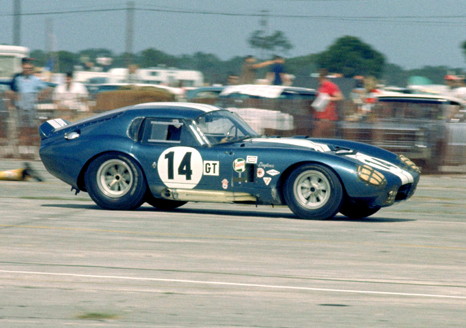
Ferrari 250 GTO:
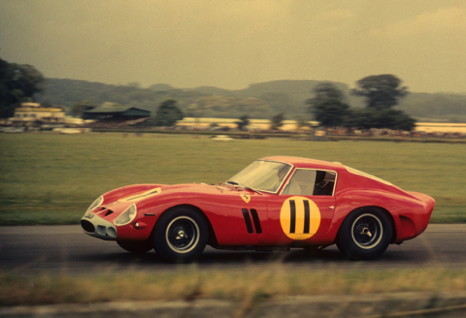
Jaguar XKE:
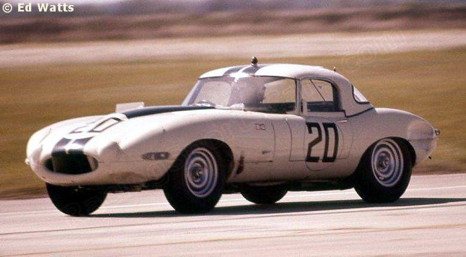
Ferrari P3:
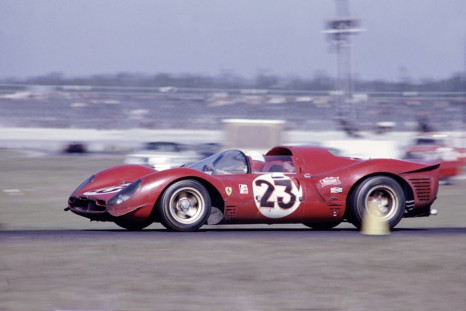
Chaparral 2:
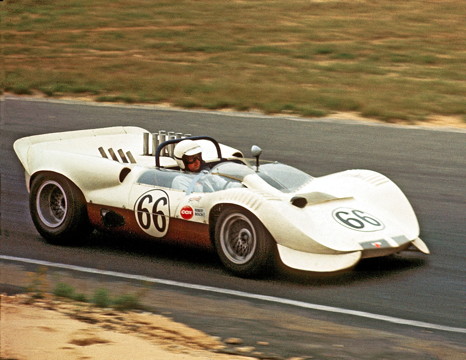
Ford GT40:
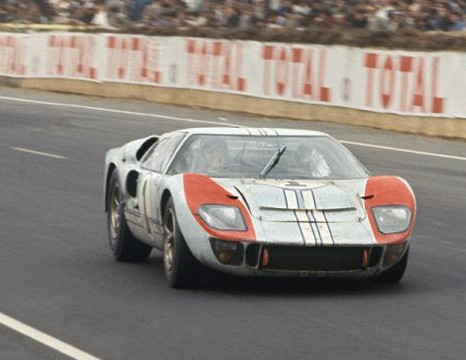
The Formula 1 cars of the era were amongst the most beautiful ever. Cars like the British racing green and yellow Lotus 33 and Lotus 49; the blood red Ferrari 312/67 with its white exhaust pipes; the dark blue BRM with the orange ring around the tip of its nose; the green and gold Brabham; the orange McLaren and in my view the most beautiful of all, the blue and white Eagle Weslake. Lovely cars that danced through amazingly long circuits lined with forests and grass, where real danger sat alongside the driver. Mistakes and mechanical failures were often punished by serious injury and more often than not, death.
Lotus 33:
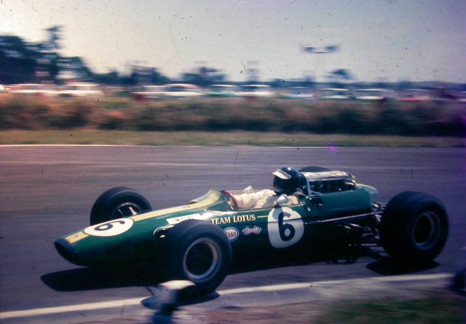
Lotus 49:
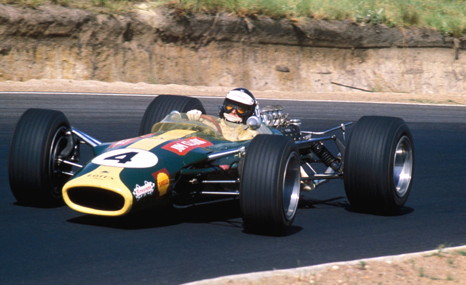
Ferrari 312:
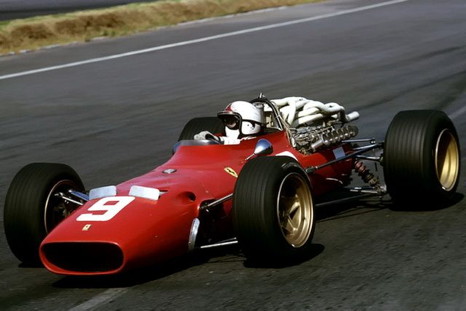
BRM:
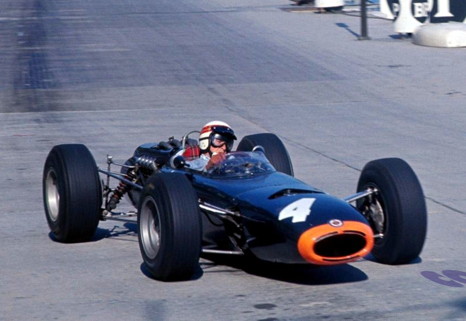
Repco Brabham:
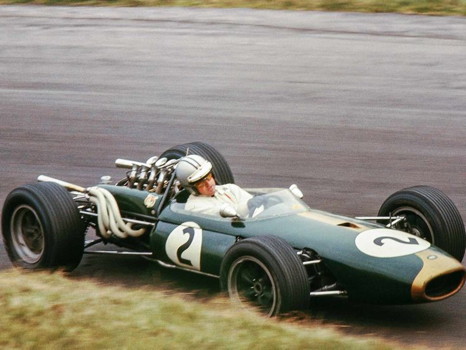
McLaren:
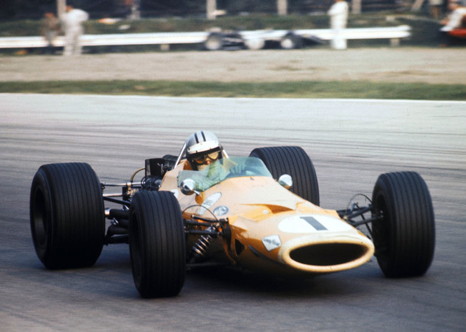
Eagle Weslake:
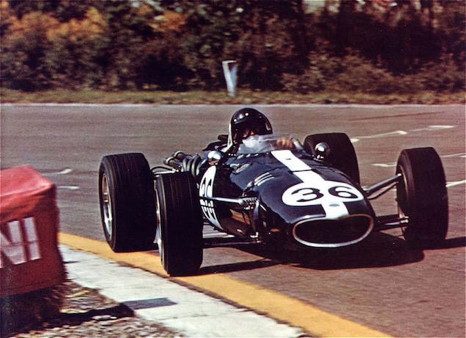
On the American side, two of the great road racing series of the time were the Trans-Am and Can-Am categories. The former was for production cars where there was no driver championship, just one for manufacturers, the latter for all-out, full-bodied cars with very few restrictions. Again many great drivers of the day took part in these races, including pros from the other side of the Atlantic.
Trans-Am:
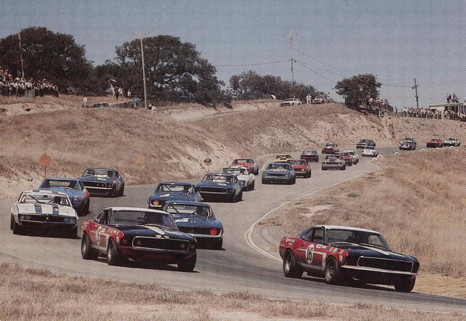
Can-Am:
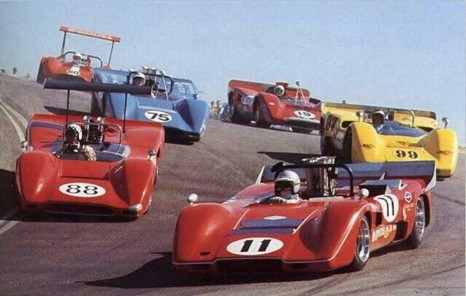
For me, this was an excitingly romantic time with fast, loud cars and the heros who drove them. It didn't take long for me to join old friends by getting my first Scalextric set and meeting with them to race. During school holidays like Easter, August (what we now call "summer") and Christmas, we would pool together all our track pieces and lay down a big track to have race meetings, everyone bringing a box full of cars to race. As far as we all were concerned, we were racing real cars in our imaginations, replicating what we would read in the few car racing magazines we were able to get our hands on at the time.
My first Scalextric Set:
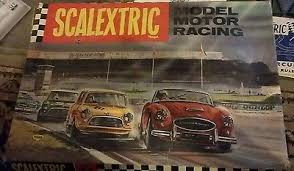
One of our pooled tracks in the '60s. The Cortina in the middle is a scratch-built car I put together from an Airfix model:
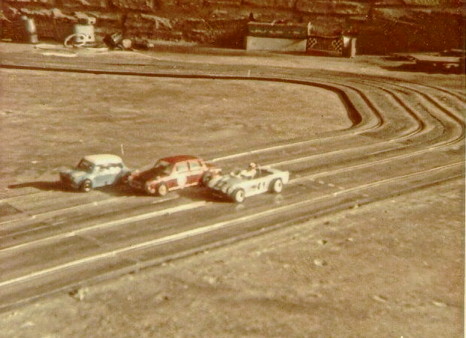
Road & Track Magazine February 1967 (50 years ago):
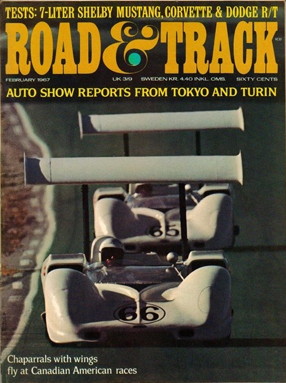
So, fast-forward half a century to today and my passion for this era of '60s and '70s racing is still strong, as you can tell by the number of classes covering them at FRC. These currently include Historic Saloon, American Pony Car and Vintage Sports '60-'75. Although we've raced these classes in one form or another over the years (eg, American Pony Car used to be raced as American Muscle), for 2017 we've made some class regulation changes that should allow for a wider range of cars from multiple manufacturers to be competitive; slower, more realistic lap times and cars that are not as glued down and therefore slide about on the limit. I think its going to be a lot of fun and we'll get to race cars which have not been competitive in the past that will be in with a better chance under the new regs.
I'm really looking forward to these classes which will all be run at the same event, starting this coming Thursday. As I write this, I'm thinking that I may well not race my traditionally most competitive cars in these classes, just to enjoy driving a different car, much as the real drivers of the era did so long ago. Hope you have a few cars of your own to drive because I think you're really going to like it.
The cars too were diverse. The decade of the '60s began with cars which were designed for cutting through the air, not for using the air as an aid for downforce. Most of them were streamlined beauties. Slowly, they began to sprout spoilers and eventually wings. There still wasn't any under-car aerodynamics, something that is a major part of today's racing cars. This all led to really interesting and beautiful cars. Examples include the Cobra sports car and its stunning Cobra Daytona version which took on the almost as good looking Ferrari 250 GTO; the Jaguar E-Type (XKE); many Ferrari Sports Racing cars (the P3 and P4 being amongst the best-looking); the Chaparrals and of course the Ford GT40.
Cobra:

Cobra Daytona:

Ferrari 250 GTO:

Jaguar XKE:

Ferrari P3:

Chaparral 2:

Ford GT40:

The Formula 1 cars of the era were amongst the most beautiful ever. Cars like the British racing green and yellow Lotus 33 and Lotus 49; the blood red Ferrari 312/67 with its white exhaust pipes; the dark blue BRM with the orange ring around the tip of its nose; the green and gold Brabham; the orange McLaren and in my view the most beautiful of all, the blue and white Eagle Weslake. Lovely cars that danced through amazingly long circuits lined with forests and grass, where real danger sat alongside the driver. Mistakes and mechanical failures were often punished by serious injury and more often than not, death.
Lotus 33:

Lotus 49:

Ferrari 312:

BRM:

Repco Brabham:

McLaren:

Eagle Weslake:

On the American side, two of the great road racing series of the time were the Trans-Am and Can-Am categories. The former was for production cars where there was no driver championship, just one for manufacturers, the latter for all-out, full-bodied cars with very few restrictions. Again many great drivers of the day took part in these races, including pros from the other side of the Atlantic.
Trans-Am:

Can-Am:

For me, this was an excitingly romantic time with fast, loud cars and the heros who drove them. It didn't take long for me to join old friends by getting my first Scalextric set and meeting with them to race. During school holidays like Easter, August (what we now call "summer") and Christmas, we would pool together all our track pieces and lay down a big track to have race meetings, everyone bringing a box full of cars to race. As far as we all were concerned, we were racing real cars in our imaginations, replicating what we would read in the few car racing magazines we were able to get our hands on at the time.
My first Scalextric Set:

One of our pooled tracks in the '60s. The Cortina in the middle is a scratch-built car I put together from an Airfix model:

Road & Track Magazine February 1967 (50 years ago):

So, fast-forward half a century to today and my passion for this era of '60s and '70s racing is still strong, as you can tell by the number of classes covering them at FRC. These currently include Historic Saloon, American Pony Car and Vintage Sports '60-'75. Although we've raced these classes in one form or another over the years (eg, American Pony Car used to be raced as American Muscle), for 2017 we've made some class regulation changes that should allow for a wider range of cars from multiple manufacturers to be competitive; slower, more realistic lap times and cars that are not as glued down and therefore slide about on the limit. I think its going to be a lot of fun and we'll get to race cars which have not been competitive in the past that will be in with a better chance under the new regs.
I'm really looking forward to these classes which will all be run at the same event, starting this coming Thursday. As I write this, I'm thinking that I may well not race my traditionally most competitive cars in these classes, just to enjoy driving a different car, much as the real drivers of the era did so long ago. Hope you have a few cars of your own to drive because I think you're really going to like it.